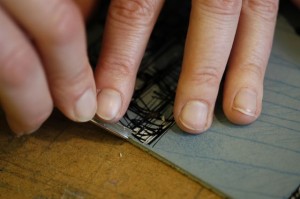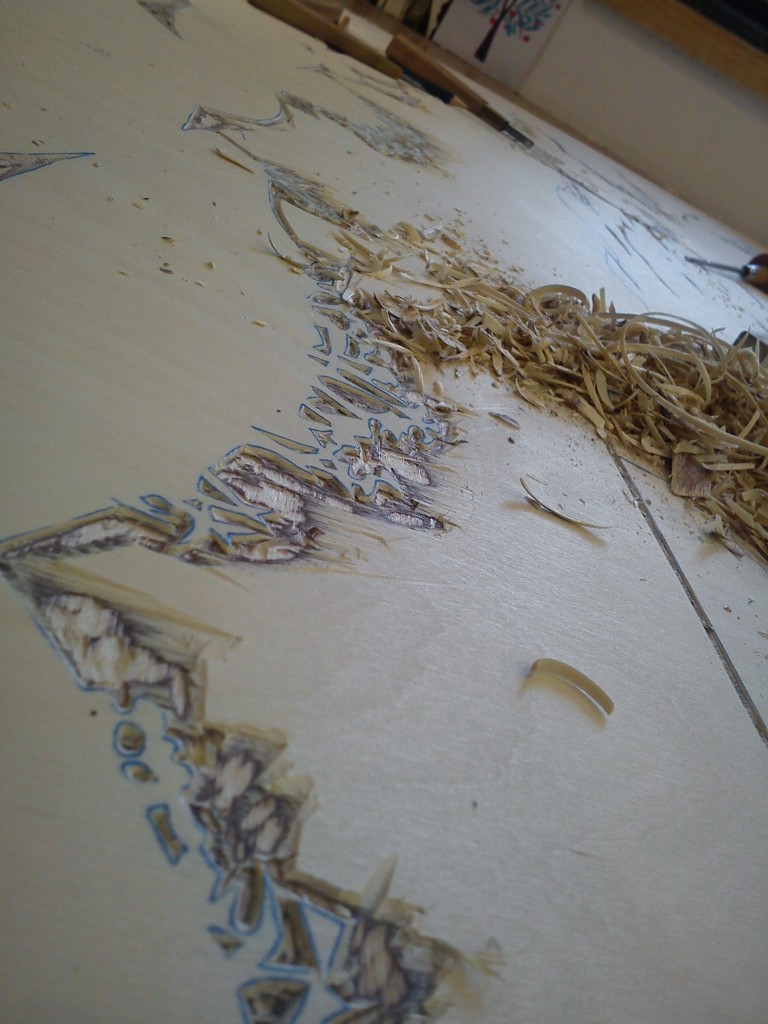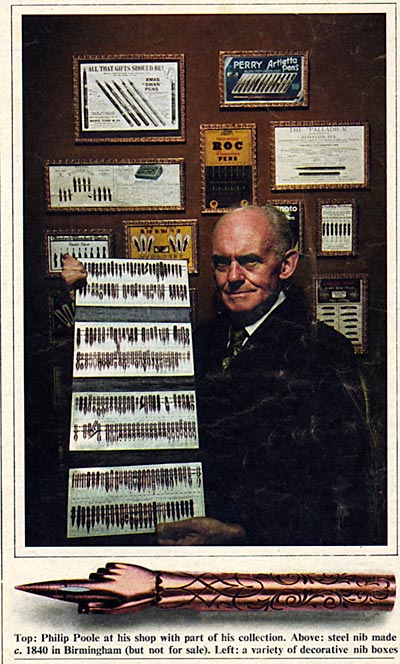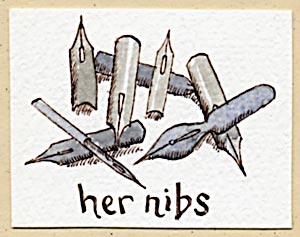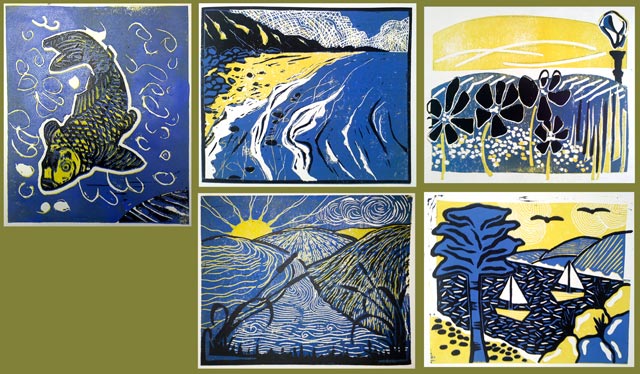November: Tax return and printing my Christmas card, two things now looming large on my to-do list. Both of them are essentials to my business and I would suggest to most working artists, even if the tax return results in a sympathetic note of encouragement from the tax man and a large rebate.
The Christmas card is important to me as an opportunity for a bit of feel good publicity. As a printmaker I am in the perfect position to send out a hand pulled card which shows people exactly what I do and how well I can do it. Fact is that it is a chore. I don’t print editions of sixty for good reason: I find it boring and the more I print, the less faith I have in the image. There’s a tipping point which I almost reach every year where I trash the lot in a flurry of anxiety. Pragmatism prevails and I’m glad as most people seem perfectly delighted with the result and occasionally I stumble on one in an office or up on a friend’s wall and it all seems worthwhile.
I have three Christmas lists. Well, three in my head. Reality is one very confused and dirty piece of paper which I dig out every year and curse the fact that I haven’t written it all out nicely with proper addresses like I intended. The lists go: family, friends, and work. Not everyone gets a proper print. The beloved family do (probably thinking ‘not another damn print’), then the appreciative among friends (inducing rivalry as to who gets the highest edition number) and lastly work. I’m ruthless about the last one and I advise anyone planning this PR exercise to do the same. I only send them to current people: galleries where I’m exhibiting or will be exhibiting, suppliers who cut me some slack (quite a few of those, thank you), magazine and newspaper contacts etc. People go off the list, but may come back on again. Point is that I can only print so many and it’s an exclusive treat.
The other thing to do is to TELL people just what a treat they are receiving. I only have to look at the print to envisage three carefully aligned layers of colour cut from one lino block printed on decent paper standing at a heavy press. My audience doesn’t, so I tell them. I send the print flat in a card envelope with a nicely printed sheet saying Happy Christmas etc with a paragraph at the bottom explaining exactly how I’ve made the print and why.
After several years of this people start to have a collection and, as I hopefully get more important, they look forward to having a new one. They remember me with warm and fuzzy goodwill and that’s got to be a good thing hasn’t it?
Oh and I do truly want everyone to have a Happy Christmas, while I aim at a prosperous New Year
